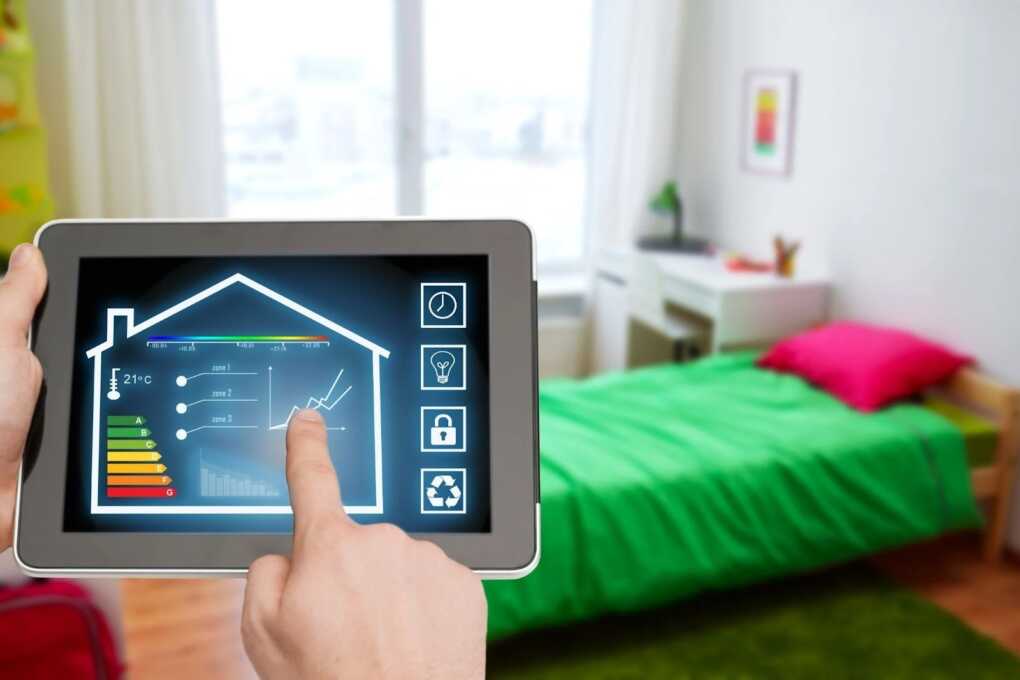Smart home technology promises ease, efficiency and that futuristic feeling of controlling everything with just your voice or phone. But as more people rush to upgrade their homes, many end up with half-working systems, clunky routines or regret over what they thought would be an easy win. That’s often because going smart isn’t just about installing a few fancy devices — it’s about building a system that works well together in your space, for your lifestyle.
If you’re starting to connect your home or even just thinking about it, there are a few traps that are surprisingly easy to fall into. From tech mismatches to Wi-Fi dramas, these common mistakes can turn a smart upgrade into a frustrating mess. The good news? Most of them are totally avoidable once you know what to look out for.
Let’s break down what people often get wrong, and how you can steer clear of the same mistakes when setting up your own smart home.

Choosing Devices Without a Plan
The most common mistake is also the most tempting: grabbing the latest smart gadget without thinking about how it fits into the bigger picture. Maybe you spot a discounted camera or a voice assistant on sale and think, “Why not?” But fast forward a few months and you’ve got five different apps, no real automation, and devices that don’t talk to each other.
A smart home works best when it’s built around a purpose — not just a pile of tech. Think about what you actually want to improve. Is it security? Lighting? Energy use? Accessibility? These goals should guide your choices, not just product reviews or sales. Once you’re clear on that, pick a platform (like Google Home, Alexa or Apple HomeKit) early on and stick with it. Mixing and matching systems can cause endless headaches later, especially when you start automating routines or trying to connect multiple brands.
A bit of upfront planning can save hours of troubleshooting down the track. More importantly, it ensures your setup actually does what you need it to do, rather than just looking impressive on a shelf.
Ignoring the Home’s Wi-Fi Limitations
Even the smartest device becomes useless if it can’t stay connected. Smart lights that don’t respond, doorbells that lag or drop out entirely, speakers that keep cutting off — all of it usually traces back to the same issue: poor network setup.
Most people underestimate how much pressure smart home devices put on Wi-Fi. It’s not just your phone and laptop anymore. Now you’ve got cameras streaming video, thermostats checking cloud servers, and multiple devices pinging your router every few seconds. And if your router is stuck in a corner behind a TV or you’re relying on an old modem from your last plan, performance will suffer fast.
Physical layout matters too. Double-brick walls, large floor plans or even mirrors can weaken signals. A mesh network or dedicated access point can solve this, but only if you spot the problem early. Before adding more devices, take a moment to assess how strong your signal is in the key rooms where smart tech will live. You might need to upgrade your router or rethink placement before scaling up.
Getting the basics right — like reliable Wi-Fi — is what makes all the advanced features work properly. Without it, no amount of tech will feel very smart.
Overlooking Local Support and Installation Help
Setting up smart home devices can feel like a straightforward job, especially when everything comes with an app and some easy-looking instructions. But in practice, the layout of your home, the building materials, and even your street’s Wi-Fi interference can make installation more complicated than expected. That’s where local knowledge makes a real difference — and it’s something people often skip over.
Off-the-shelf systems don’t always account for quirks in housing styles. Double-brick walls, converted garages, older switchboards or even thick insulation can all affect how your smart system performs. That’s why home automation Melbourne families tend to go with services that understand local layouts and building materials. Installers who know the area can suggest better sensor placement, more reliable power options, or products that work better with the way homes are actually built here.
It’s not about handing over the entire setup to someone else. Even if you’re comfortable handling the install yourself, having access to local support means you’ve got backup if something glitches or if you hit a compatibility wall. And when you’re relying on tech to lock your doors or watch over your property, that peace of mind is hard to beat.
Relying Too Heavily on Cloud-Based Systems
It’s easy to get swept up in the convenience of controlling everything from your phone. Voice commands, remote access, app alerts — these features all depend on cloud connections. But when your internet drops out or a server goes down, you quickly realise how fragile that setup can be.
Many people don’t consider what happens if the cloud connection fails. Lights stop responding. Security systems freeze. Doors won’t lock or unlock properly. For something meant to increase safety and efficiency, this kind of disruption defeats the purpose.
That’s why it’s smart to include a few devices with local control options in your setup. Products that still work when the internet is down — like locally stored camera footage or physical light switches that override automations — create a layer of backup. You don’t need to avoid cloud features altogether. Just don’t build a system that stops functioning the moment the Wi-Fi drops out. Balance is the goal.
Forgetting About Regular Updates and Maintenance
A lot of people assume that once their smart system is up and running, it’ll just keep working. Unfortunately, smart devices aren’t “set and forget” solutions. They rely on software updates to stay secure and compatible with other tech, and skipping those updates can cause more problems than people realise.
Security vulnerabilities are the biggest risk. Outdated firmware is a common way for hackers to exploit systems, especially when devices are left untouched for months. Then there’s the hassle of features breaking after an update — like routines failing or devices becoming unresponsive because one app changed how it works.
Even the physical parts of your setup need attention. Batteries in sensors wear out. Subscriptions lapse. New smart assistants or changes to your phone’s OS can mess with your integrations. A bit of regular upkeep — checking for updates, replacing batteries, scanning for broken links — goes a long way.
Smart homes aren’t high-maintenance, but they’re not completely hands-off either. The better you look after the system, the longer it’ll run smoothly.
Conclusion
Smart homes are meant to simplify life, but only when the setup is done thoughtfully. Most frustrations come from skipped steps early on — rushing the install, ignoring the network, or misunderstanding how devices interact. Being realistic about what your home needs and how the tech works can save you a lot of stress.
When it’s done right, a connected home quietly supports your routine. Lights adjust when they should, doors lock without a second thought, and the temperature stays just right — without you lifting a finger. Getting to that point isn’t about having the flashiest gear. It’s about making smart choices from the start.
